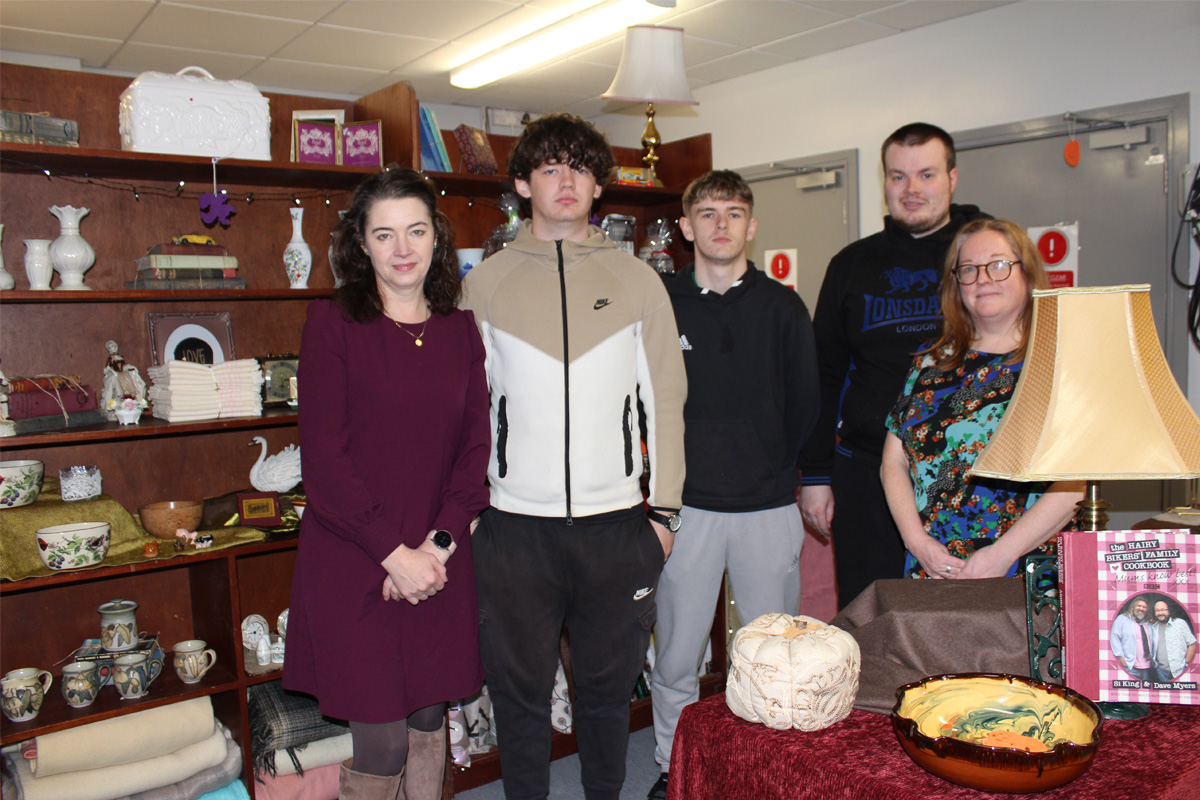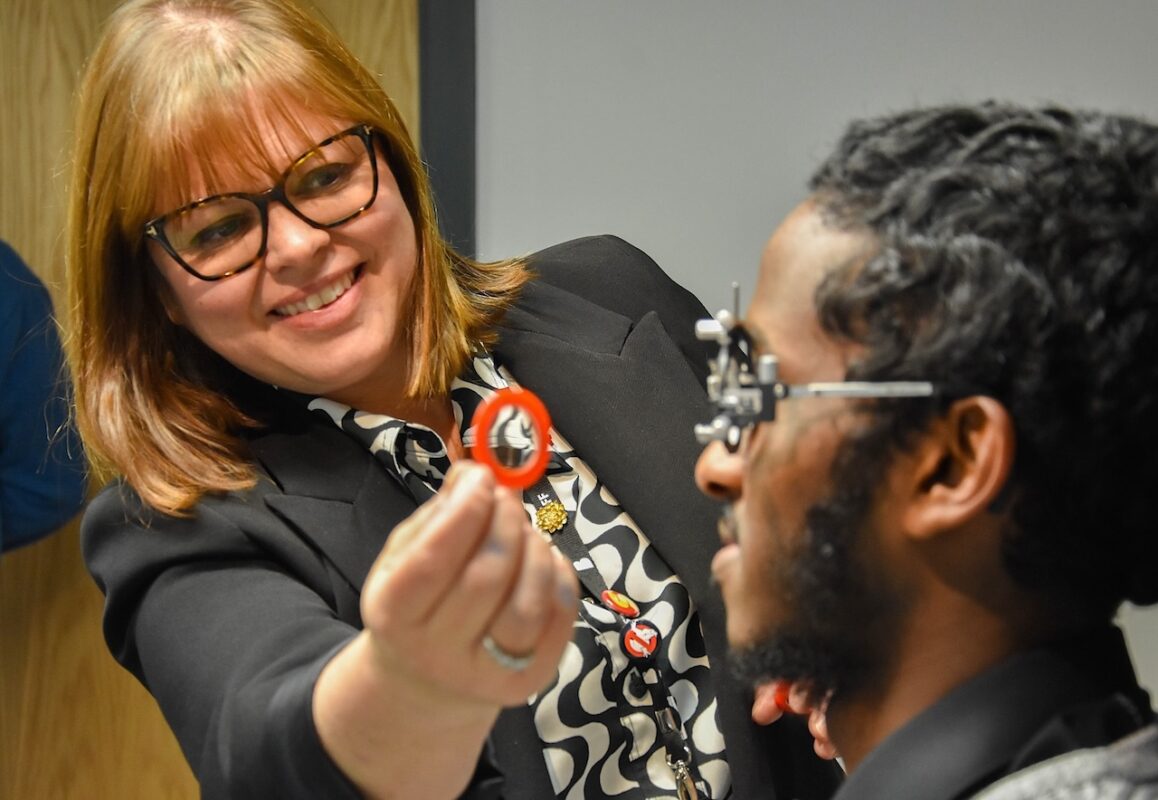In Our Time: Essential Conversations

Fans of Melvyn Bragg’s radio broadcasts (typically Thursday, Radio 4, 9:00) will likely be delighted by this recent hardback (1), a 324-page acknowledgement to the numerous enthusiastic scholars brought together over the last twenty years. The popularity of In Our Time for more than two million listeners – tutors, graduates, nurses, and factory workers – meant an abridged thirty-minute version was also played in the evening.
None of these sessions were rehearsed, and guests were primed only via outline, they didn’t know beforehand the questions they would be asked. Despite his background as media host, author, and Fellow of the Royal Society of Literature, Bragg hasn’t considered himself as an academic, a word that could go beyond rebuke to imply someone concerned with transferring practical ideas, as when students discuss theory on the design of vehicles, or how to draft an article.
The book divides into five sections of History, Science, Philosophy, Culture, and Religion; each holding ten essays. Readers can dip into the collection at random, by title, or choose according to current interests and career-to-date, unless the workload imposed by one’s management team allows little time for the perusing of new releases.
Teacher Nick Smith recalls in his book Head Trauma being ‘caught up in a relentless cycle of lesson preparation, teaching, and marking, work had come to dominate our weeknights and weekends’. During the equally yet dissimilar tough times of the 1730s, the Gin Craze flourished courtesy of some fifteen hundred London distilleries, though most were small production units, each buying a license for £50. This apparently ‘fortifying’ protestant and occasionally flavoured drink was regarded as a medicine, as well as fortuitously helping maintain Britain’s farming sector, though a sketch (p15) suggests benefits offset by a dismal life of squalor, ill health, and drunkenness.
An equally sharp image opens the discussion on nineteenth-century mathematician Ada Lovelace, apparently an ‘enchantress of numbers’ (p121). I worked briefly in the 1970s’ style of computer programming, in a small office adjacent to large mainframe cabinets, boxes of punched cards, and large whirring plastic tapes, so this introduction to Lovelace’s contribution to the IT world by contemporary computer buffs (based in universities of Cambridge and Kingston, and the Science Museum) was very welcome. Her supportive parents Lord Byron and clever aristocrat Annabella Milbanke found Ada the best tutors, ensuring too that she moved in the appropriate social circles.
Remarkably, even intense headaches and three years of paralysis did not prevent their young daughter later conducting highly significant work in the fledgling computer sector. Associate Charles Babbage devised a ‘difference engine’ whose workings crunched through data at an impressive rate, i.e., a calculator. The controversial professor called it a ‘steam’ engine, this metaphor referring to some perceived infallibility and precision in the new world of industrial production.
But Ada – an early ‘systems thinker’ – devised another slant, computer programming, with potential more important than advanced mathematics. ‘If only a sample of her programming had appeared in this book’, cry today’s aficionados. During decades when mail could arrive five times a day, she maintained lively correspondence with Babbage, making suggestions for strategy on fund raising, requesting blueprints, and explaining gadgets seen during her field work, not least the binary (yes/no) nature of the Jacquard Loom.
Her vision went beyond ‘algebraic manipulation’ to predict a general-purpose device for moving symbols by means of a stored set of rules. One caution: this mindset of solving well-defined rational problems seems less helpful in ‘hazy’ complex scenarios like the education of adolescents, managing the arrival of immigrants, or maintaining safe working environments in the retail sector.
More widely known by name than nineteenth century computer whizz-kids, the 5th century BC scholar Confucius (p205) earned nine pages of talk, the trio accompanying Melvyn Bragg working at Wadham College, the British Library, and the University of London’s School of Oriental and Tropical Studies. Now, while the scholar’s ancient aphorisms might be welcome as a verbal guide to a gentle lifestyle, readers could agree with one of the guests and ask whether China’s numerous domestic groups were deliberately following the philosopher’s writings or unknowingly acting as the model for his texts because that’s how folk behaved: good citizens, the product of good families.
Crime, prisons, rivalry, and mandatory long working hours (such as in construction projects) were topics omitted from this discussion. It seems unlikely the country lacked ‘bad boys’ mainly because of philosophical anecdotes – Learn from the past, Respect your elders, Support one’s family, so exactly how did fealty towards the practice of Confucian thinking (and the absence of potential critics) get recorded across centuries?
Late eighteenth-century philosopher Immanuel Kant earned an entry (p171), presumably on account of his ‘categorical imperative’. This chapter stirred conversations among Professors Alison Hills, David Oderberg and Senior Lecturer John Callaghan: What are the right actions we should carry out? How should we act towards ourselves? How do we define moral values?
Look inwards! A very personal, sincere, moral activity…which appears to use the word moral as both part of a question and part of its answer, drifting towards a category which might be labelled tautological. Similarly, the word moral indicates good, correct, and what’s socially acceptable; but it also aligns with conduct people might, at various times, regard as incorrect, say, embezzlement, or bigamy. An opening summary on Kant’s reflections states:
The best way to distinguish right from wrong was to be rational. He argued that when someone was doing the right thing, that person was doing what was the universal law for everybody.
This notion is Kant’s ‘categorical imperative’ and has influenced philosophy for some two hundred years. But categorical and rational for who?A school leadership team? Ten percent of the recently arrived and remarkably heterogeneous Year Seven pupils? Disinterested parents? Teachers? Drafting a style of rationality to suit everybody (and by implication their changeful scenarios) seems a considerable challenge.
Maybe Kant should have helped people focus on what were they were doing in local circumstances, considering as two contemporary examples the complexity of a health unit’s response to Covid, or the need to update political party leaders with timely information on public concerns and expectations. In the review’s closing paragraph, we learn Kant was interested in establishing a culture of reason so that reason is valued as the way we engage in dialogue rather than via our passions. However, he should have gone further by testing in real-world research an explicit form of user-friendly reasoning which could be adopted by a variety of cultures, even those which persist outside higher education. A form of reasoning to encourage rigour within serious enquiry.
Other topics in this diverse volume which may intrigue readers involve The Picts, the chemistry of Photosynthesis, Surrey’s matchmaker extraordinaire Emma, and the last heroic journey of Turner’s Fighting Temeraire.
By Neil Richardson, Kirkheaton
- In Our Time, Celebrating Twenty Years of Essential Conversations, Melvyn Bragg & Simon Tillotson, Simon & Schuster, 2018











Responses